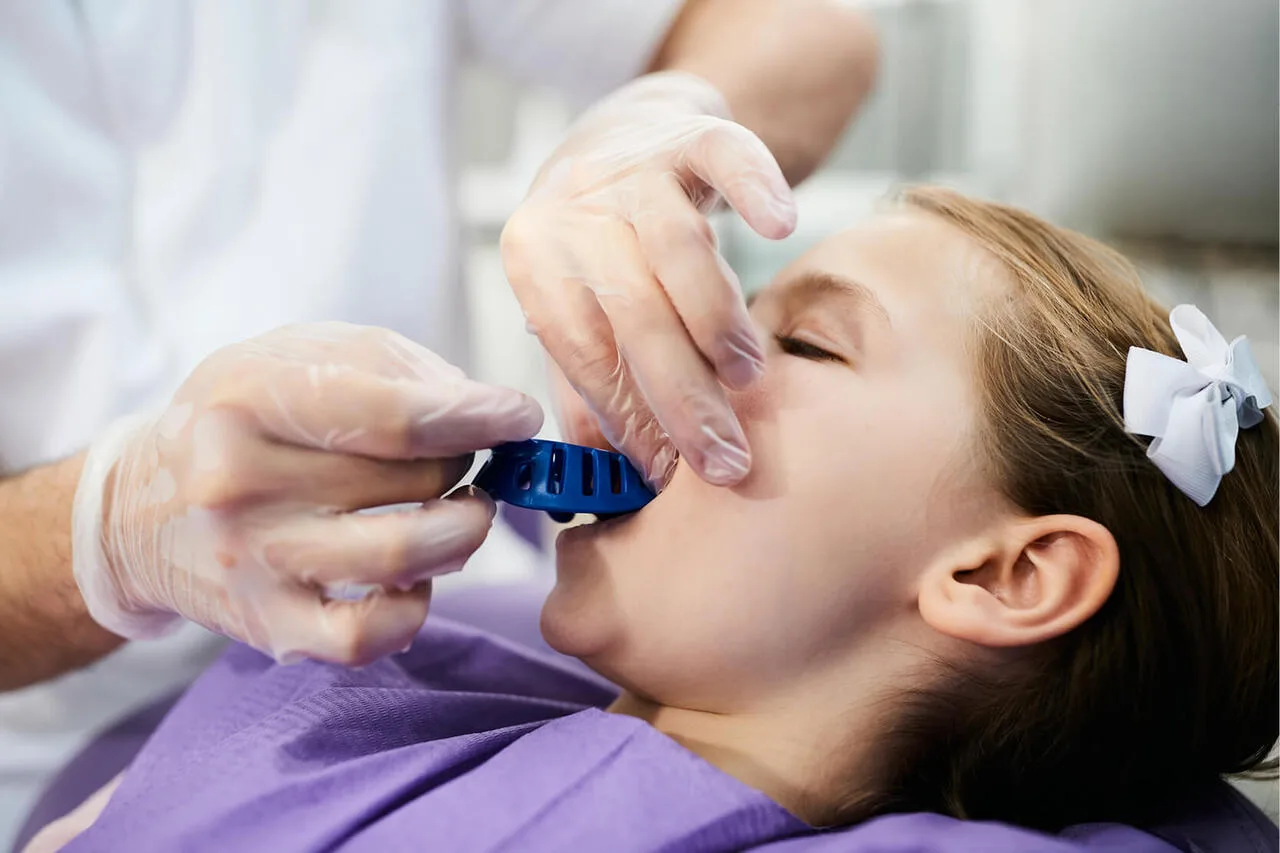Taking dental impressions from children: aspects to consider and recommended procedures and alginates
Taking a dental impression from a child can be far more challenging than from an adult. What is normally a routine procedure can easily turn into a stressful experience for the young patient, leading to behaviours that trigger the gag reflex and negatively impact the quality and precision of the impression.
Under such conditions, strategies have to be adopted to limit the level of anxiety in the child and techniques carefully chosen to obtain accurate results, especially in the case of upper arch impressions, which are generally more problematic. This article describes how to take a dental impression. It covers aspects that need consideration and the choice of materials for use with children. Zhermack’s Orthoprint alginate, for example, requires a shorter time in mouth and also has a fragrance that children find pleasant.
Dental impressions are often required to treat orthodontic conditions like malocclusion. Before beginning treatment, the orthodontist generally waits either for the complete eruption of the permanent molars, which normally takes place around 6 years of age, or for the early mixed dentition phase.
In the field of orthodontics, an impression may be required for two reasons: to produce a fixed or mobile appliance and/or to produce a medical or legal record. Certain conditions require the treatment of very young children, sometimes only a few days old. Babies affected by labiopalatoschisis, for example, may require treatment to fit a palatal obturator while awaiting surgery, to prevent food being regurgitated into the nasal cavity. Children suffering from ectodermal dysplasia, who need arch development to be stimulated as the first step towards subsequent rehabilitation may require a prosthetic-orthodontic solution to facilitate eating.
Aspects to consider before taking a dental impression
Taking a dental impression of a child’s teeth can be a far more invasive procedure than in an adult, and psychological and behavioural aspects need to be evaluated thoroughly beforehand. One of the main points to consider is the level of anxiety in the child, as this allows you to foresee their reaction to stimuli: a correct assessment of a young patient’s psychological state allows you to choose the most suitable approach.
If the patient simply refuses to cooperate, it may be best to make another appointment to avoid creating needless trauma that would make future treatment even more difficult. Some useful strategies may nevertheless be adopted if it proves difficult to control the child’s anxiety and their consequent gag reflex.
How to take a dental impression
The sensory stimuli produced during impression taking can easily trigger a gag reflex, impacting the success of the procedure by the involuntary contraction of muscles in the soft palate, rib cage, diaphragm and abdominal wall. The reaction is significantly influenced by the patient’s level of anxiety. This, however, can be contained using specific relaxation and systemic desensitisation techniques, or by the use of drugs, local anaesthesia or conscious sedation.
Techniques can also be adopted to distract the child’s attention, occupying the cerebral cortex that partly controls the medullary centre of the pharyngeal reflex. For example, you can ask the child to raise an arm and a leg and keep them in this raised position until the end of the procedure.
The proper sequencing of operations is also of fundamental importance when taking impressions from younger patients: begin with the gentlest operations, such as the application of alginate to the bottom arch, before moving on to the more annoying stages.
Another aspect to consider is the choice of materials. To minimise the risk of discomfort and pharyngeal reflex, always use fast or extra-fast materials that require less time in mouth. Materials that have a nice fragrance are more pleasant on the palate and make it easier to resist the gag reflex too.
Another aspect to assess is the precision or accuracy needed from the impression: unlike fixed prostheses, orthodontic appliances are not intended to remain in the mouth for a long period but only for the duration of the therapy. Luting cement can always be applied to compensate for gaps between the appliance and the surface of the teeth.





